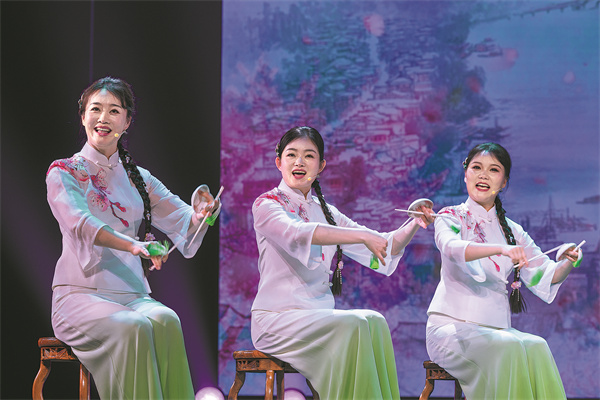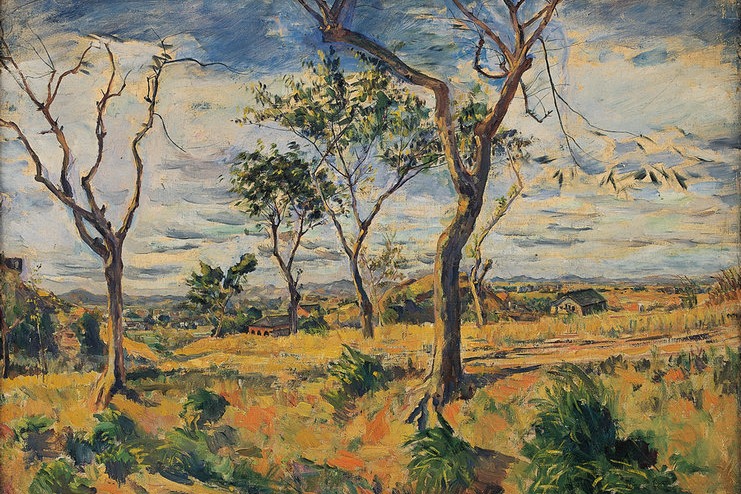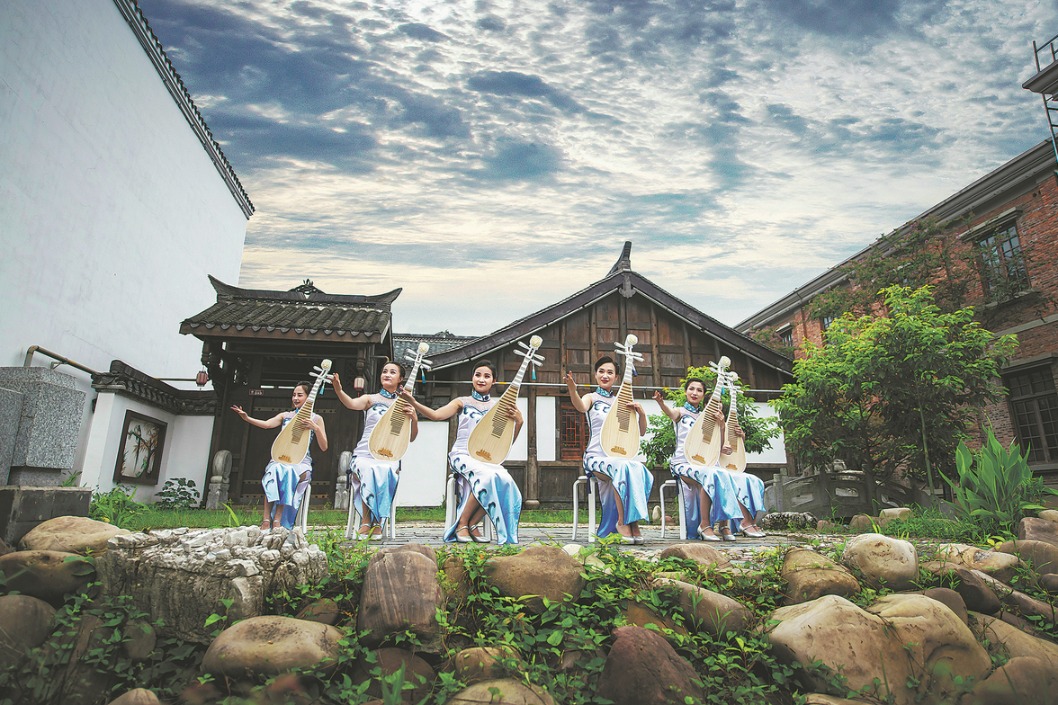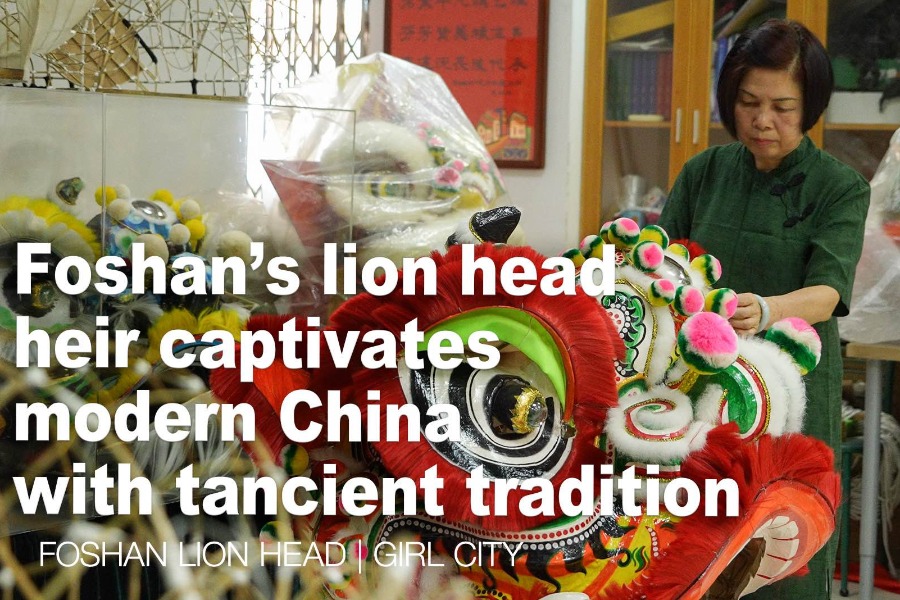Preserving the sound of silk strings
Generations of performers dedicate themselves to keeping intricate folk art form alive, Chen Nan reports.


"Unlike some performances, where people simply play recordings and dance along, our performances tell stories. We recount local legends and folk tales, giving it a depth that resonates with audiences," she says.
Zhu Xiaoling, another key figure in Changde sixian, shares a similar passion for the art form's past and future. A national inheritor, Zhu, now 57, has seen it evolve.
"Changde sixian used to be the pastime of intellectuals — born from casual gatherings where friends would compose poetry, recite verses, and break into spontaneous songs," Zhu says.
"But as with many traditions, it risked fading into obscurity, irrelevant to modern audiences. I knew we had to adapt, but the core of the art had to stay intact."
Zhu has always championed the idea of "living heritage" — the notion that intangible cultural treasures must evolve with the times while still remaining accessible to the public, not just a niche audience of experts.
"For a tradition to stay alive, it must have broad appeal," says Zhu.
"If people don't embrace it, then it becomes a relic in a museum, and the essence of it is lost."
Over the years, she performed abroad — for instance, in Paris in 2010 — to introduce the art form to a broader audience. She also dedicated to cultivating interest from young generations.
One of her most unforgettable experiences came in 2013 when she began teaching at a local primary school in Changde.





































